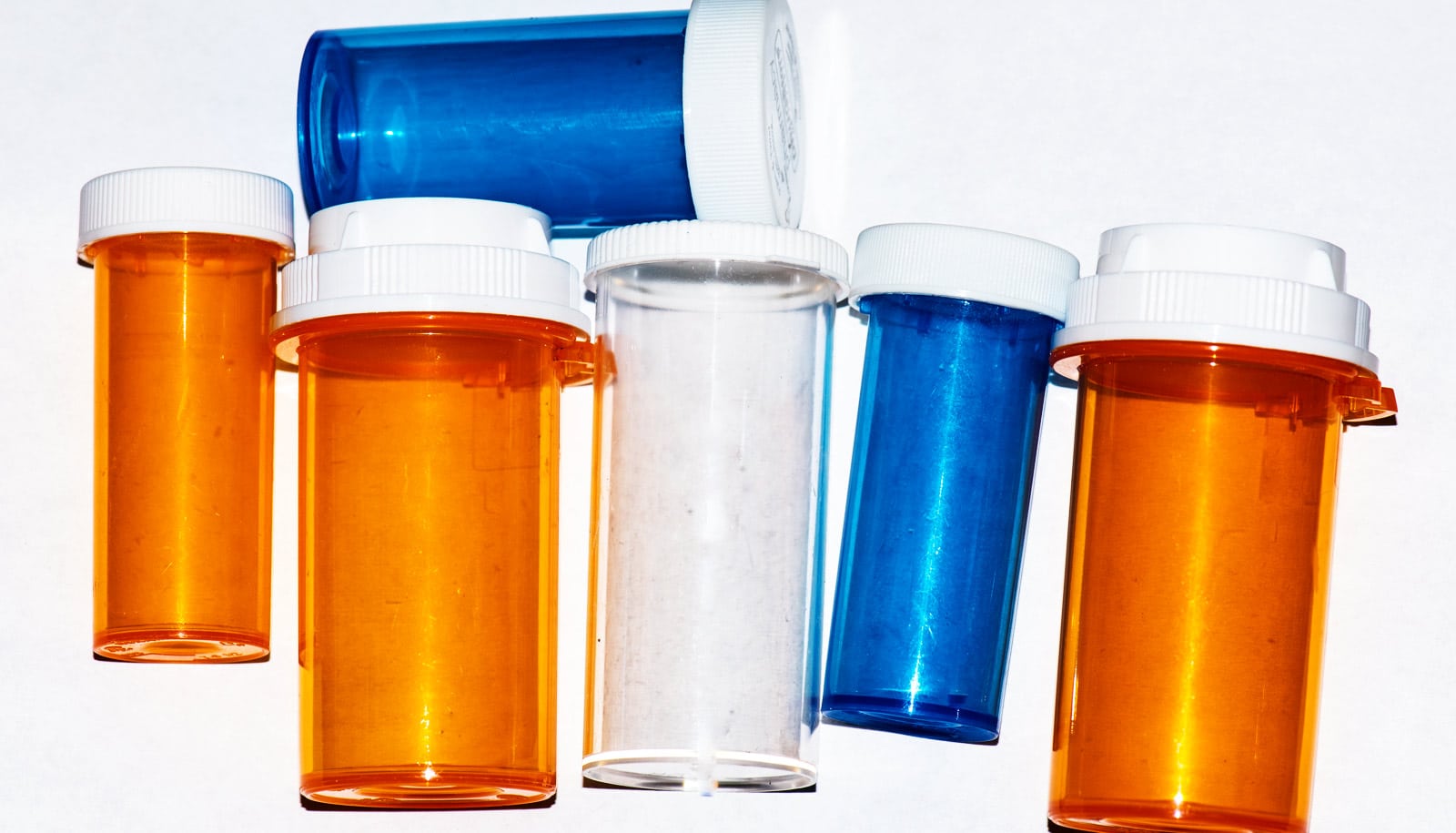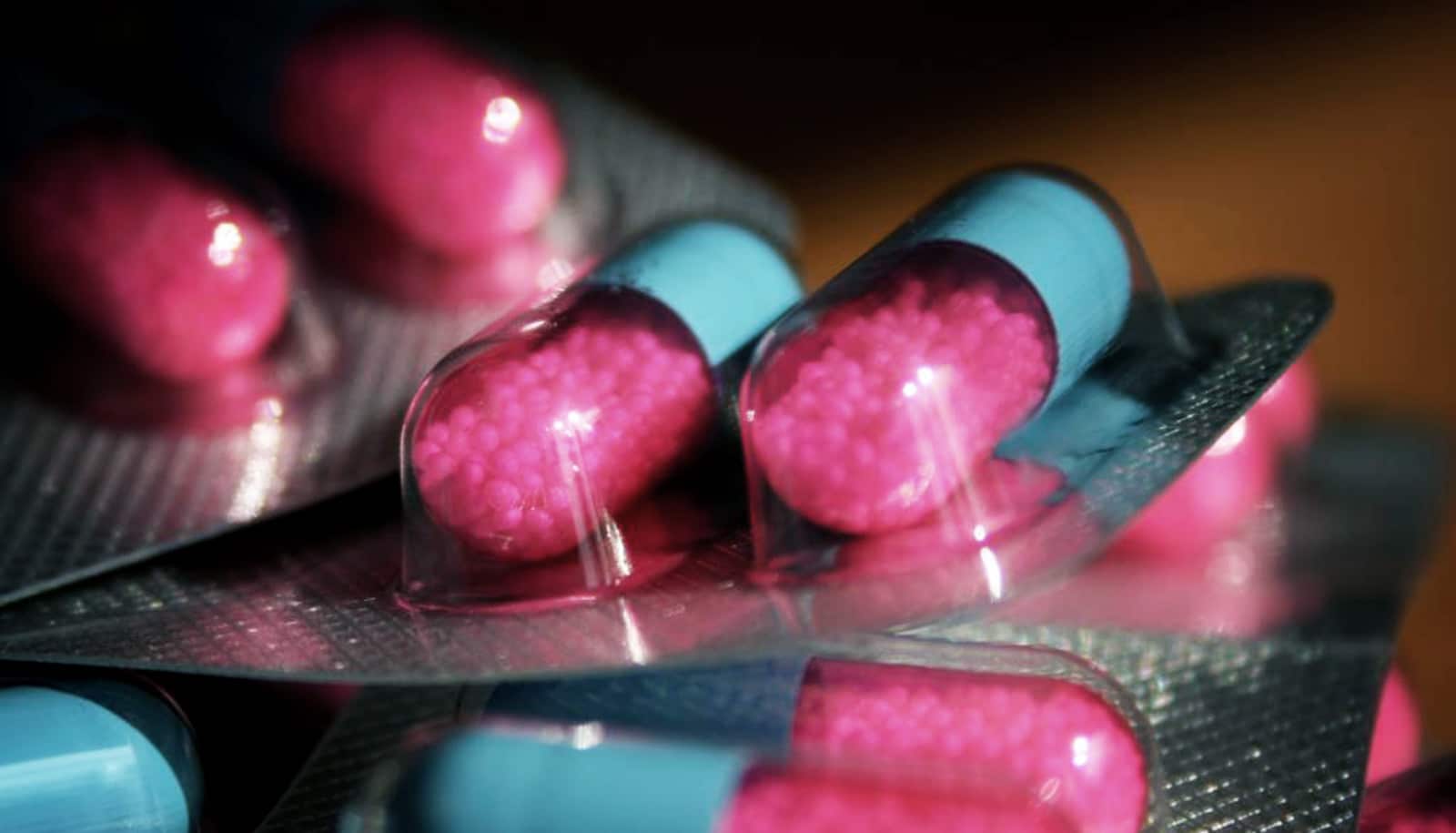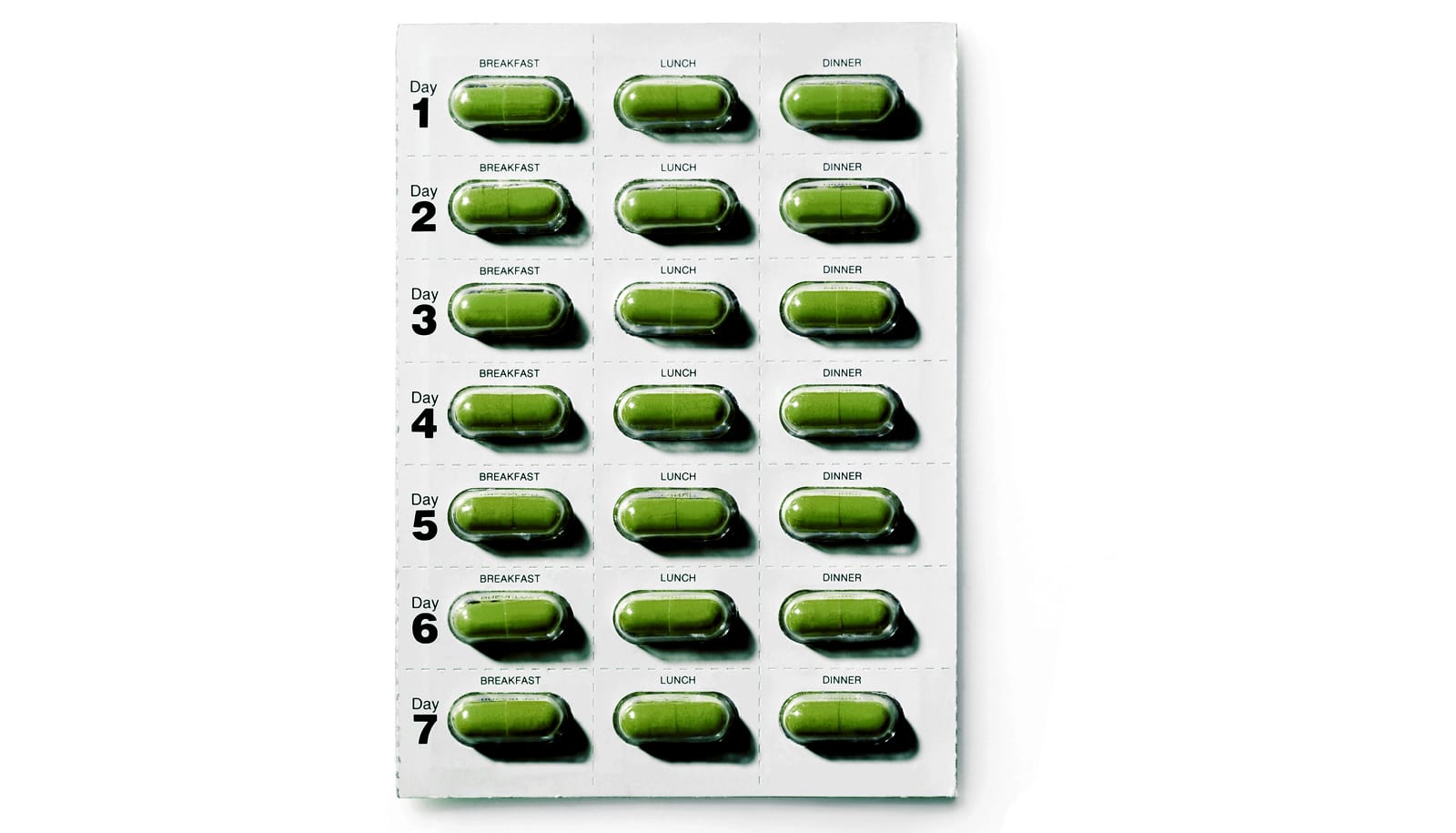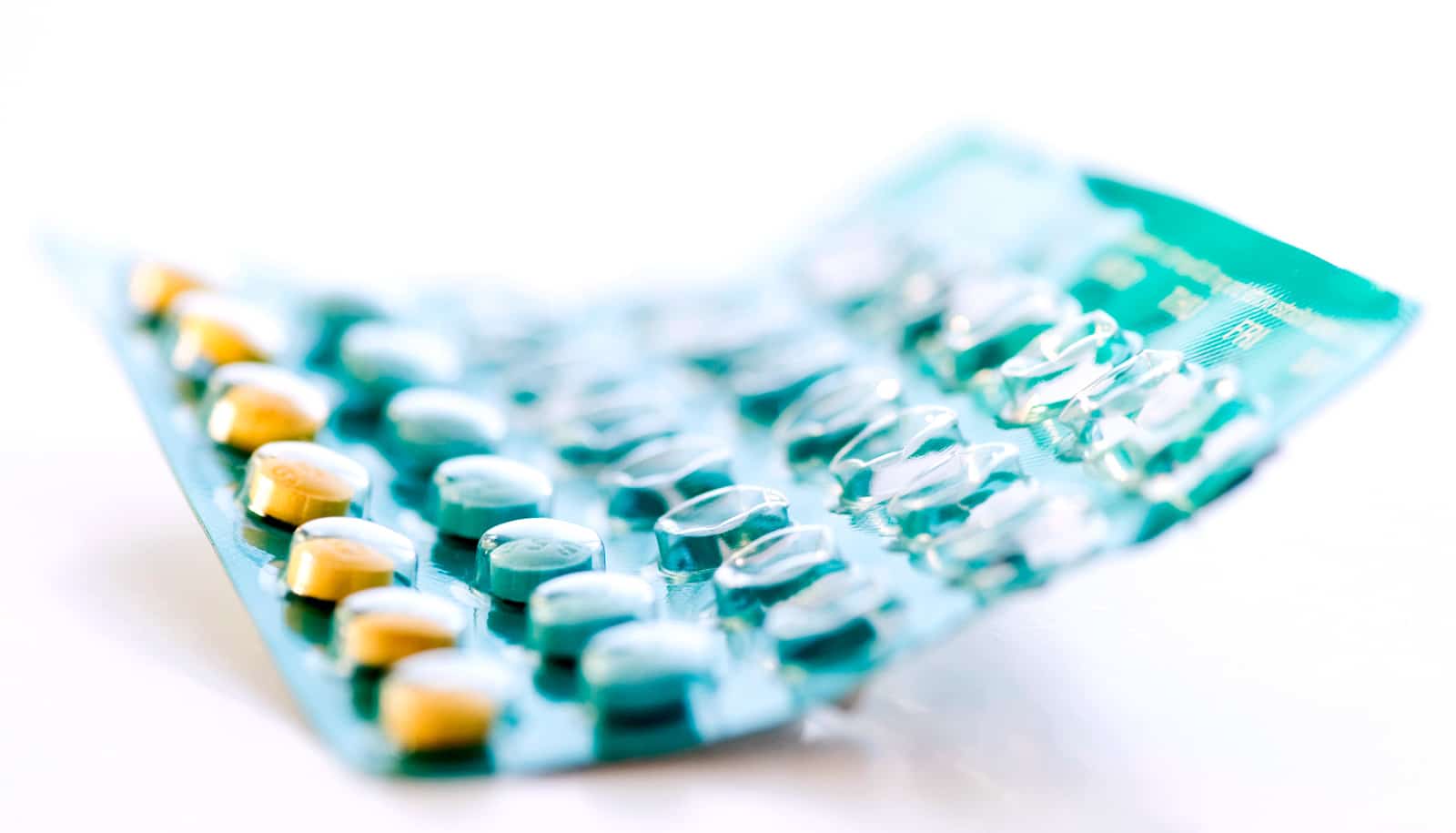Some patients may pay more out of pocket for high-priced specialty generic drugs than their brand-name counterparts, researchers say.
For a new study, researchers examined differences in brand-name and generic or biosimilar drug prices, formulary coverage, and expected out-of-pocket spending across all of the Medicare Part D plans available in the United States in the first quarter of 2018.
The findings, published in Health Affairs, show that current Medicare Part D beneficiaries can have higher out-of-pocket spending for generics than their branded counterparts if they use expensive specialty drugs and if the price differences between brands and generics are not large.
That can be common for individuals prescribed specialty drugs typically used to treat rare or complex conditions such as cancer, rheumatoid arthritis, or multiple sclerosis, researchers say.
“Ironically, even if we assume that generic drugs have lower list prices than brands, for Medicare beneficiaries with $20,000 to $80,000 in annual drug spending, using only brand-name drugs could actually save them money,” says lead author Stacie Dusetzina, associate professor of health policy and associate professor of cancer research at Vanderbilt University Medical Center.
“This is happening because branded drug manufacturers now pay a discount in the donut hole, which gets counted as out-of-pocket spending,” she says. “This helps patients reach catastrophic coverage faster, where they pay 5 percent of the drug’s price instead of 25 percent.
“Generic drug makers do not pay these same discounts, so patients have to spend more of their own money to make it to the catastrophic phase of the benefit.”
In 2019, this means people using brand-name drugs who reach the donut hole, or coverage gap, have to spend $982 to get to the catastrophic coverage phase. People using generic drugs have to spend $3,730 to reach that point.
The study also notes policy changes set to take effect in 2020 that will increase patient out-of-pocket spending requirements for the catastrophic phase coverage from $5,100 to $6,350 will only make the situation worse.
In response, the Trump administration and the Medicare Payment Advisory Commission (MedPAC) have included recommendations to exclude the manufacturer discount from out-of-pocket spending calculations.
“While this would level the playing field between generic drugs and brands, it would do so by making brand-name drugs more expensive instead of making generic drugs less expensive,” Dusetzina says.
“Congressional committees have signaled interest in addressing this and other issues in Medicare Part D, including placing a cap on out-of-pocket spending.
“The Part D benefit needs a redesign so that it works for people needing expensive drugs. I hope Congress will take this opportunity to make changes to Part D, including making sure that generic drug users aren’t overpaying for these drugs.”
Additional coauthors are from Vanderbilt, the University of North Carolina at Chapel Hill, and Duke University.
Source: Jake Lowary for Vanderbilt University



